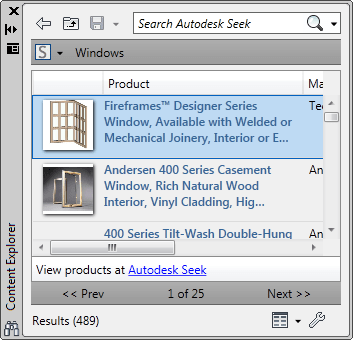
Every control references a command definition to be able to display itself. All of the intelligence (text, icon, tool tip, etc.) that we see actually comes from an associated command definition. However, a control itself isn’t very intelligent and primarily just serves as a place-holder within a toolbar. The divider line between the “Create Sketch” and “Line” commands is a separator control that is used to visually separate and structure the contents of a menu.Īs stated earlier, controls are the visible item you see in the user-interface. The Rectangle, Circle, Arc, and Polygon items are drop-down controls because they result in the display of a drop-down menu when they’re clicked. In the picture below, all of the buttons you see, both in the sketch toolbar panel and in the associated drop-down menu are command controls and will invoke a command when clicked. There are four different types of controls command, drop-down, split-button, and separator. A toolbar control is the visible control that you see in the user interface. Controlsīoth toolbars and toolbar panels act as containers for toolbar controls. The content of the user-interface is defined using controls. When the user changes the active workspace, Fusion 360 is turning the visibility of toolbar panels on and off so only those that apply to the active workspace are seen. If you query for all of the toolbar panels you’ll find that the isVisible property of many of them is False meaning that they’re not currently visible in Fusion 360. There are two ways to access toolbar panels through the API directly from the UserInterfaceObject to get all toolbar panels and from the WorkSpace object to get the subset of toolbar panels associated with it. This is illustrated in the picture below where the ASSEMBLE panel is outlined in red and its drop-down is outlined in yellow. In the picture above, the MODEL workspace is selected and the toolbar panels that contain commands appropriate for the MODEL workspace are shown.Įach toolbar panel consists of two parts the panel and a drop-down. Toolbar panels provide access to a larger set of commands in a more organized way than a toolbar and the commands available also dynamically change based on the current active workspace. The Toolbar panels are also a UI element that provides access to controls.
#.PSD FILE AUTOCAD FUSION CODE#
The sample Python code below gets the Toolbar object that represents the QAT. You can use the itemById property on this object to get a specific toolbar. The toolbar at the center of the window at the bottom is known as the navigation toolbar and has all of the view related commands and its ID is “NavToolbar”.Īll of the toolbars are accessible from the UserInterface object through the toolbars property which returns a Toolbars object. The toolbar in the upper-right provides access to the user account and help related commands and its ID is “QATRight”.

It provides access to all the file related commands. The toolbar in the upper-left is commonly known as the QAT or Quick Access Toolbar. Each of these toolbars has a unique ID that can be used to access it. These are also the toolbars that are most often edited, usually by adding commands. There are several toolbars, but there are three that are always displayed and whose contents remain the same regardless of what’s happening in Fusion 360. Controls are described in more detail below. The controls can be simple command buttons or a drop-down that contains more controls. Just like our conversion tool, it is simple to use and can all be done online in an instant.A toolbar is a simple container for controls.

We are able to compress all different types of files - Images, Documents, Videos and Audio files - and allow users to make those files smaller whilst still retaining their overall quality. This is why we have built the Zamzar compression tool. However, most of the time we want to be able to send files quickly and to also be able to consume them easily.
#.PSD FILE AUTOCAD FUSION MOVIE#
Sometimes, there's a requirement to have the highest quality file possible - perhaps a wedding picture you want printed or a movie that you are airing. We've all visited websites that seem to take an age to load and that's because the images used on the site are unnecessarily large in size. For example, we've all been at work and been sent a spreadsheet, document or presentation that has blown our mailbox. As the number of different file types have increased over the years we have seen new file types appear that range in size to such an extent that there's a need for users to be able compress files.


 0 kommentar(er)
0 kommentar(er)
